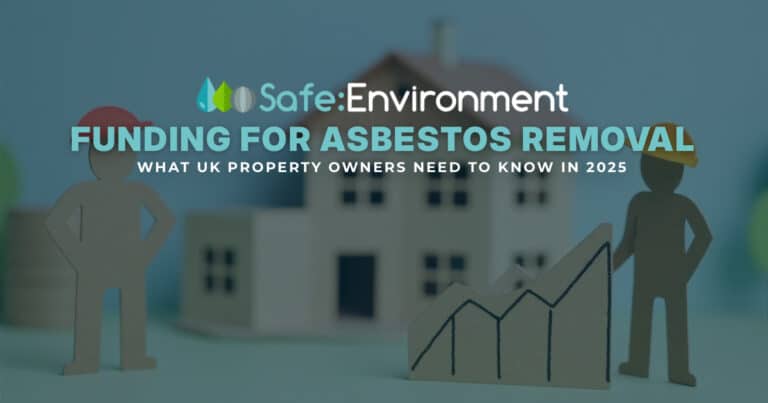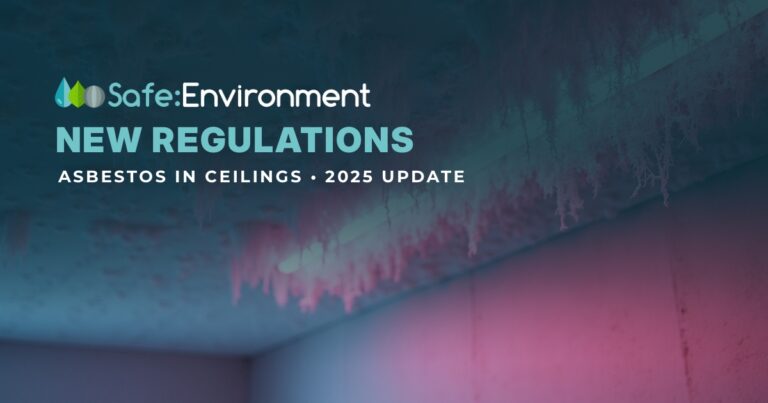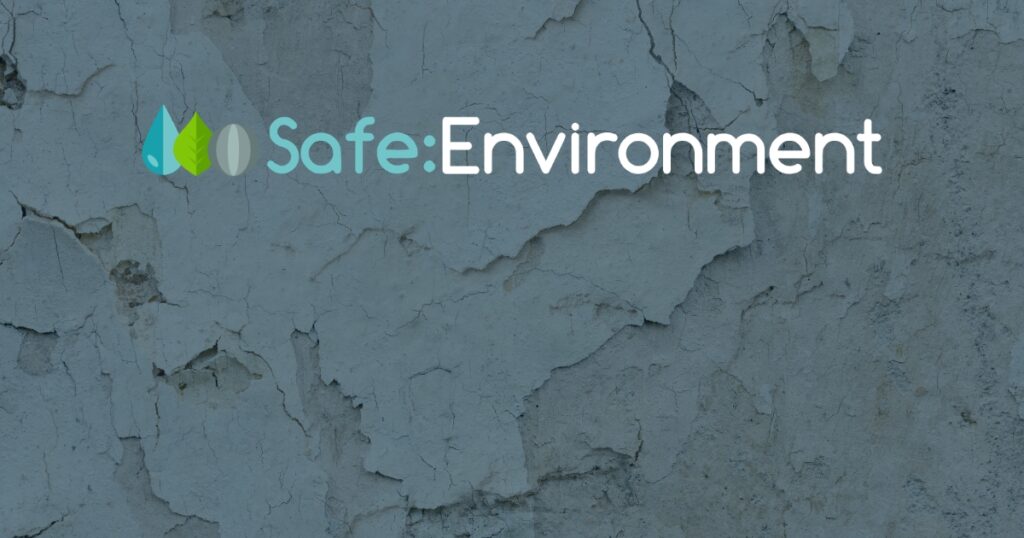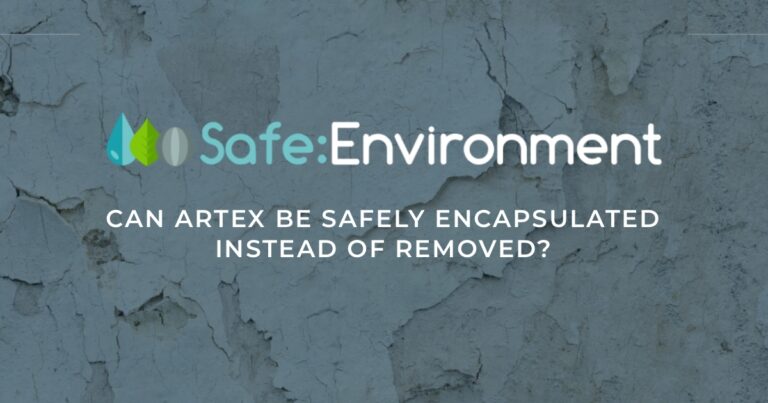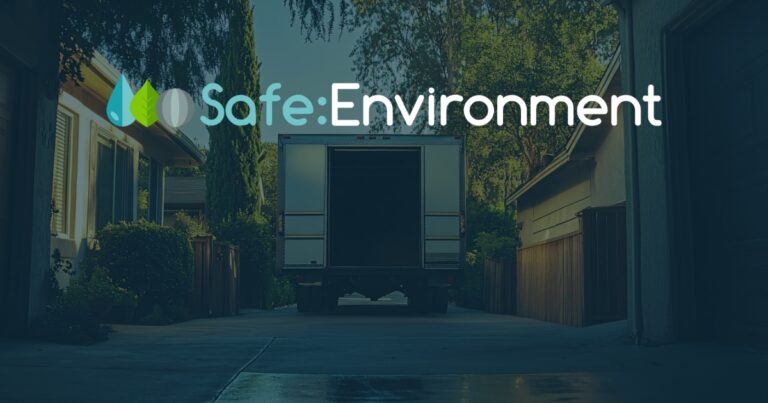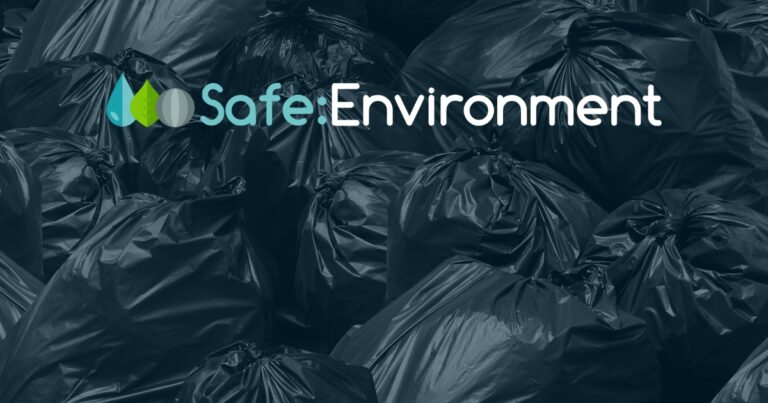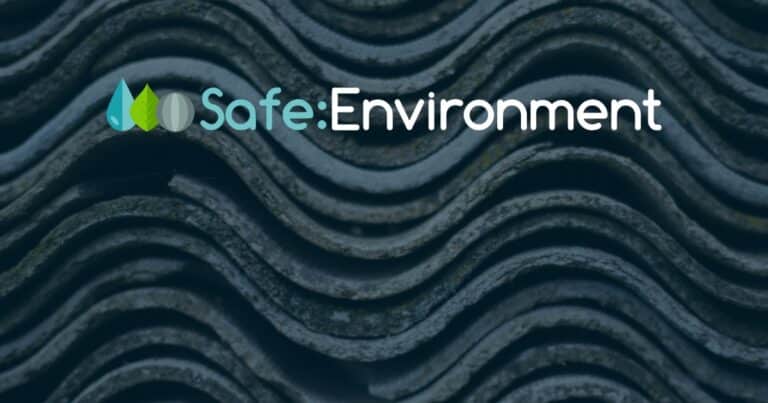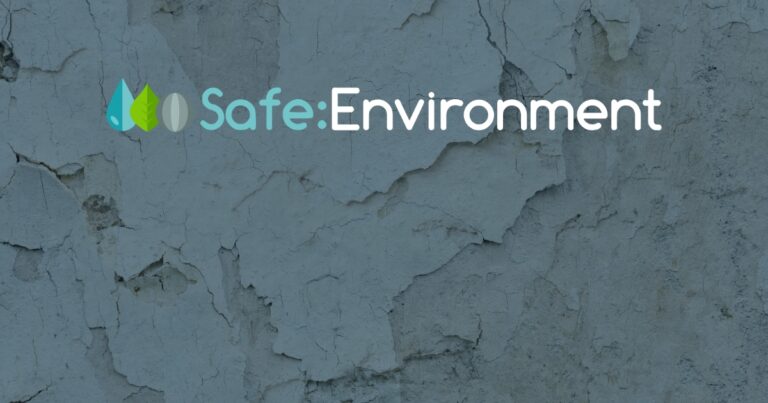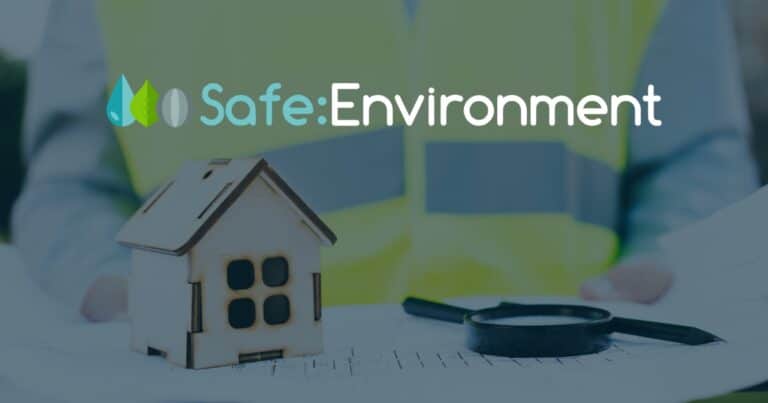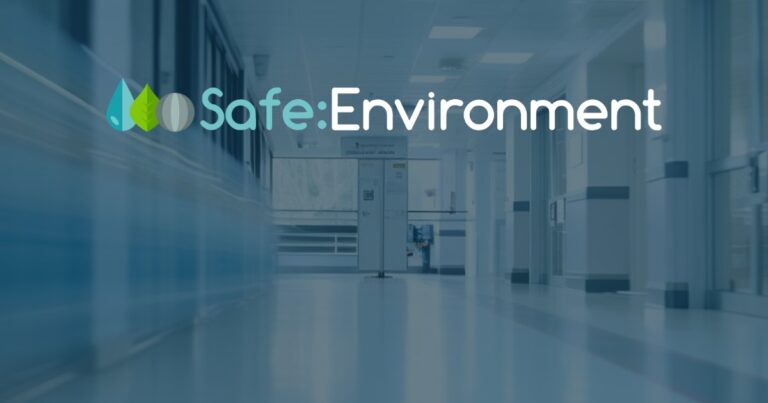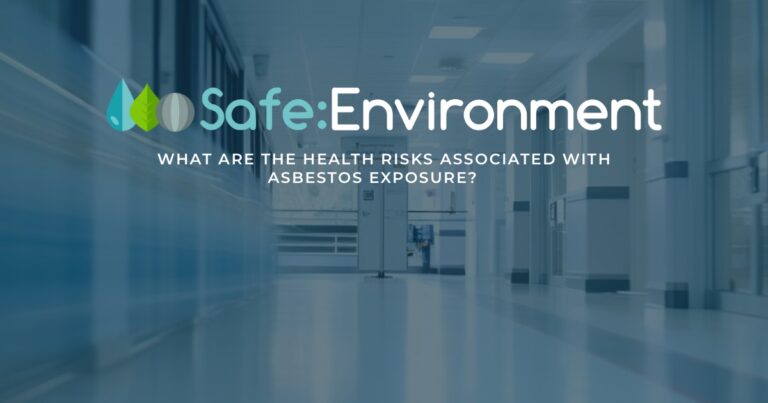The safest method for removing asbestos-containing Artex (a textured coating commonly used on ceilings and walls) involves careful planning, specialized techniques, and adherence to strict safety protocols to minimize the risk of asbestos fibre release. Here’s how Safe Environment handles the removal of asbestos-containing Artex:
Initial Assessment and Testing
Asbestos Survey: A qualified asbestos surveyor conducts a thorough inspection to confirm the presence of asbestos in the Artex. Testing samples in a lab will determine the type and concentration of asbestos fibres.
Preparation and Containment
The work area is sealed off using plastic sheeting and negative air pressure units to prevent asbestos fibres from spreading to other parts of the building. Workers wear appropriate PPE, including disposable coveralls, gloves, and respirators with HEPA filters.
Safe Removal Techniques
The Artex is thoroughly wetted down with a specially formulated solution. Wetting the material significantly reduces the risk of asbestos fibres becoming airborne. Once wetted, the Artex is gently scraped or steamed off the surface. Steaming can help soften the material, making it easier to remove without creating dust. Tools like HEPA-filtered vacuums are used to capture any loose fibres immediately during the removal process.
Encapsulation (Alternative to Removal)
In some cases, if the Artex is in good condition and not damaged, it can be safely encapsulated with a sealant or covered with a new layer of material. This method is less disruptive and reduces the risk of asbestos exposure.
Waste Handling and Disposal
The removed Artex material is placed in sealed, labelled bags for safe disposal. The asbestos waste is transported to a licensed disposal facility in compliance with environmental regulations.
Air Monitoring and Clearance
Air quality is monitored throughout the removal process to ensure that asbestos levels remain safe. After removal, a final inspection and air test are conducted to ensure the area is free of asbestos contamination before it is declared safe for reoccupation.
Post-Removal Clean-Up
The work area is thoroughly cleaned using HEPA vacuums and damp wiping techniques to ensure no residual asbestos fibres are left behind. All tools and equipment used in the process are decontaminated or disposed of according to safety guidelines.
By following these steps, we ensure that asbestos-containing Artex is removed safely and effectively, minimising the risk to health and complying with all relevant regulations. If you’re dealing with asbestos-containing Artex, it’s essential to hire a licensed asbestos removal professional to handle the process.



